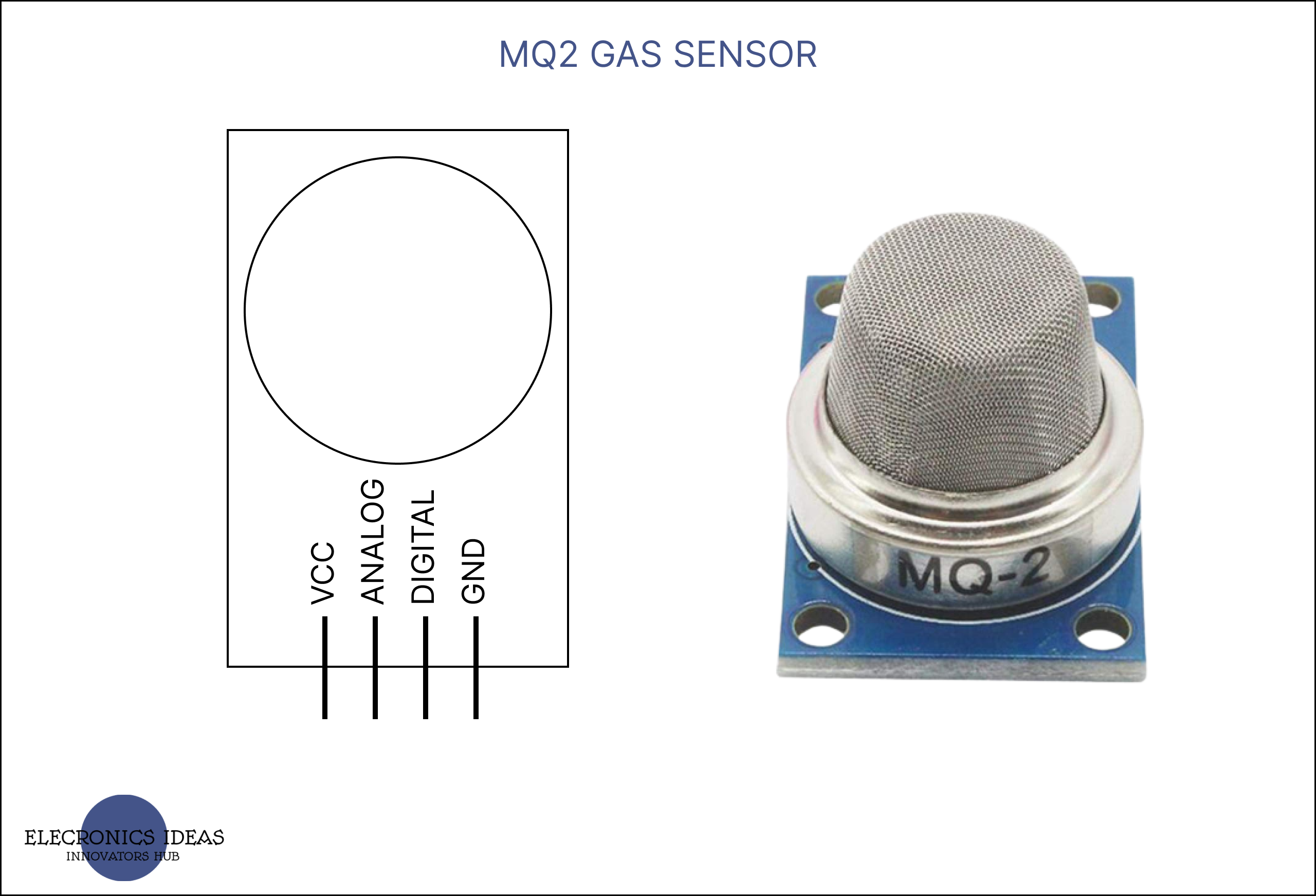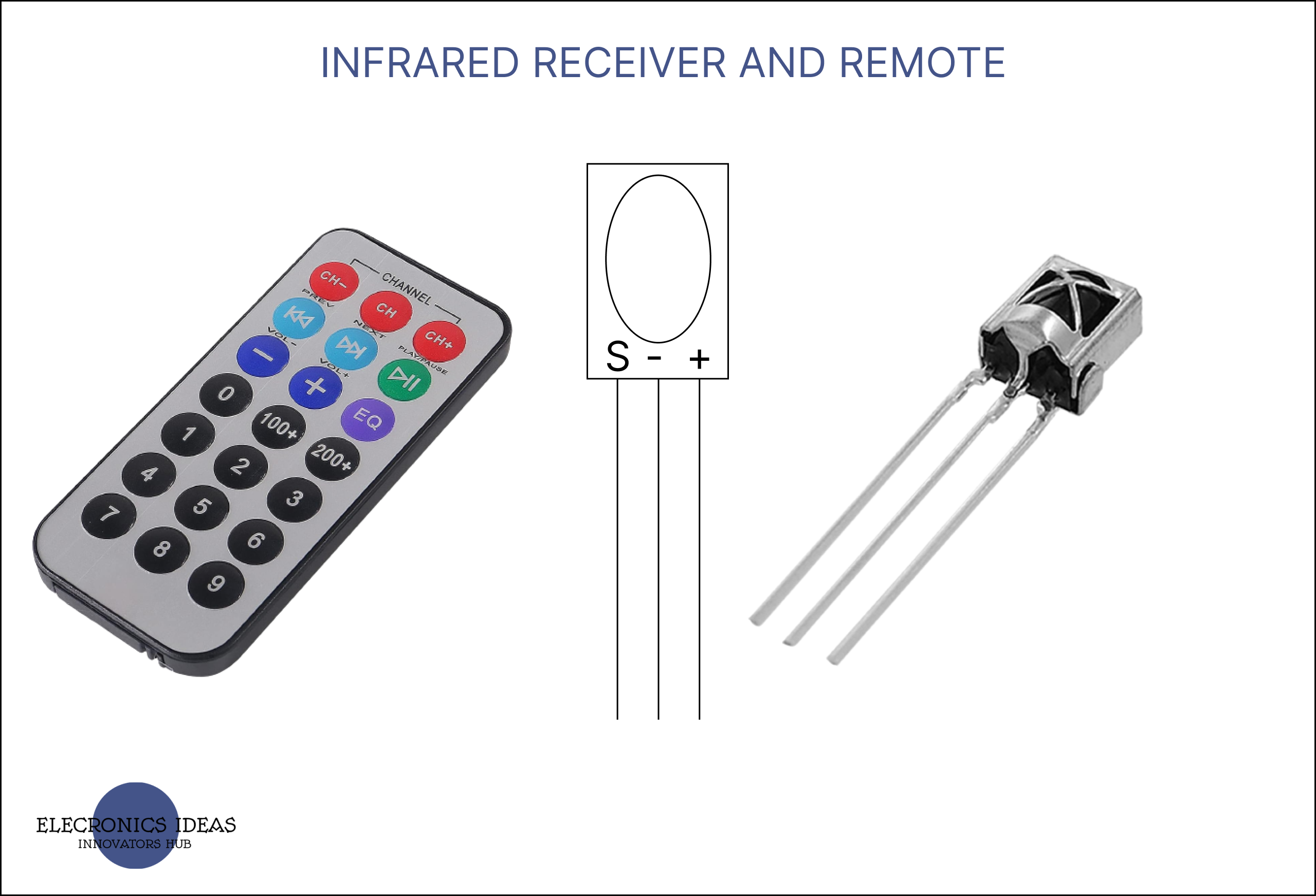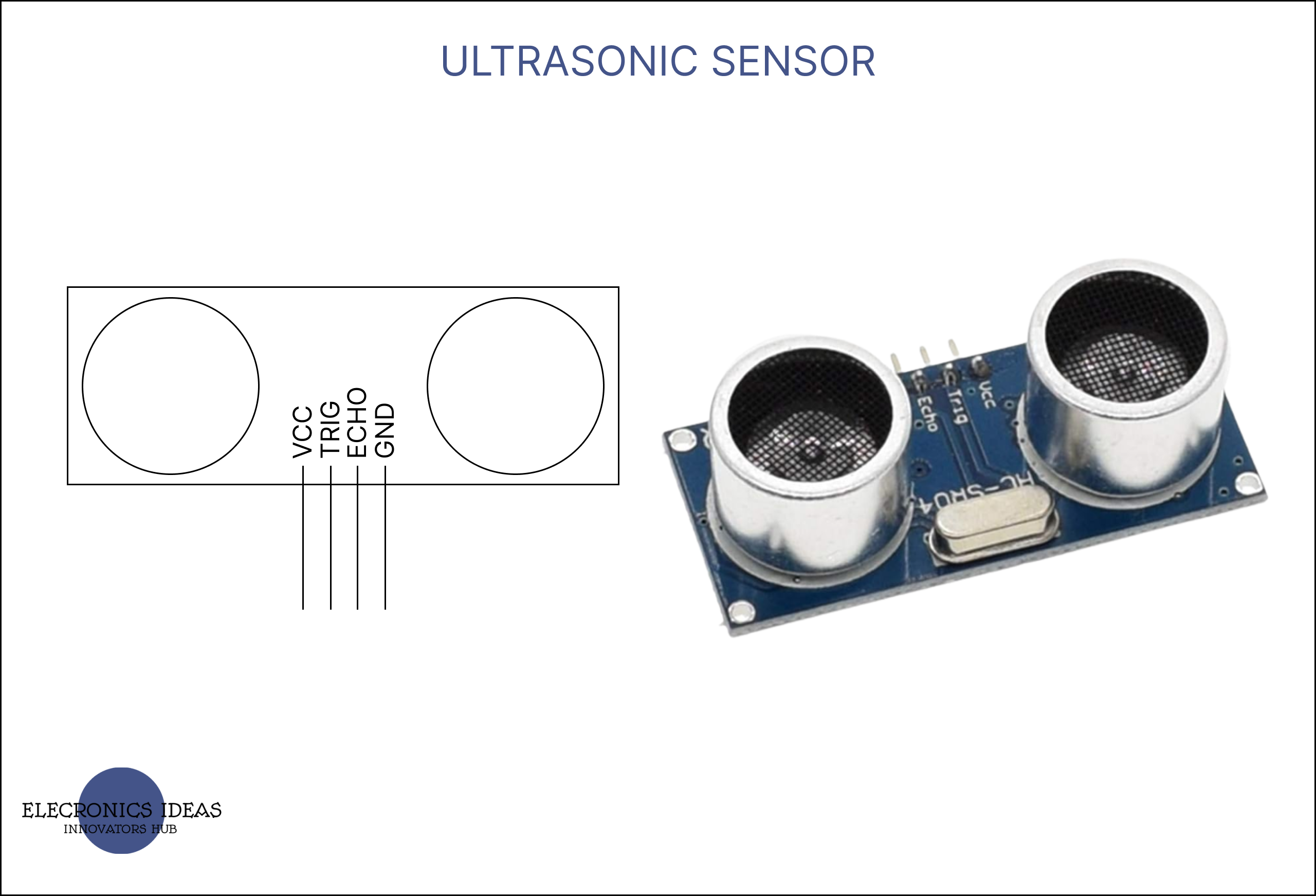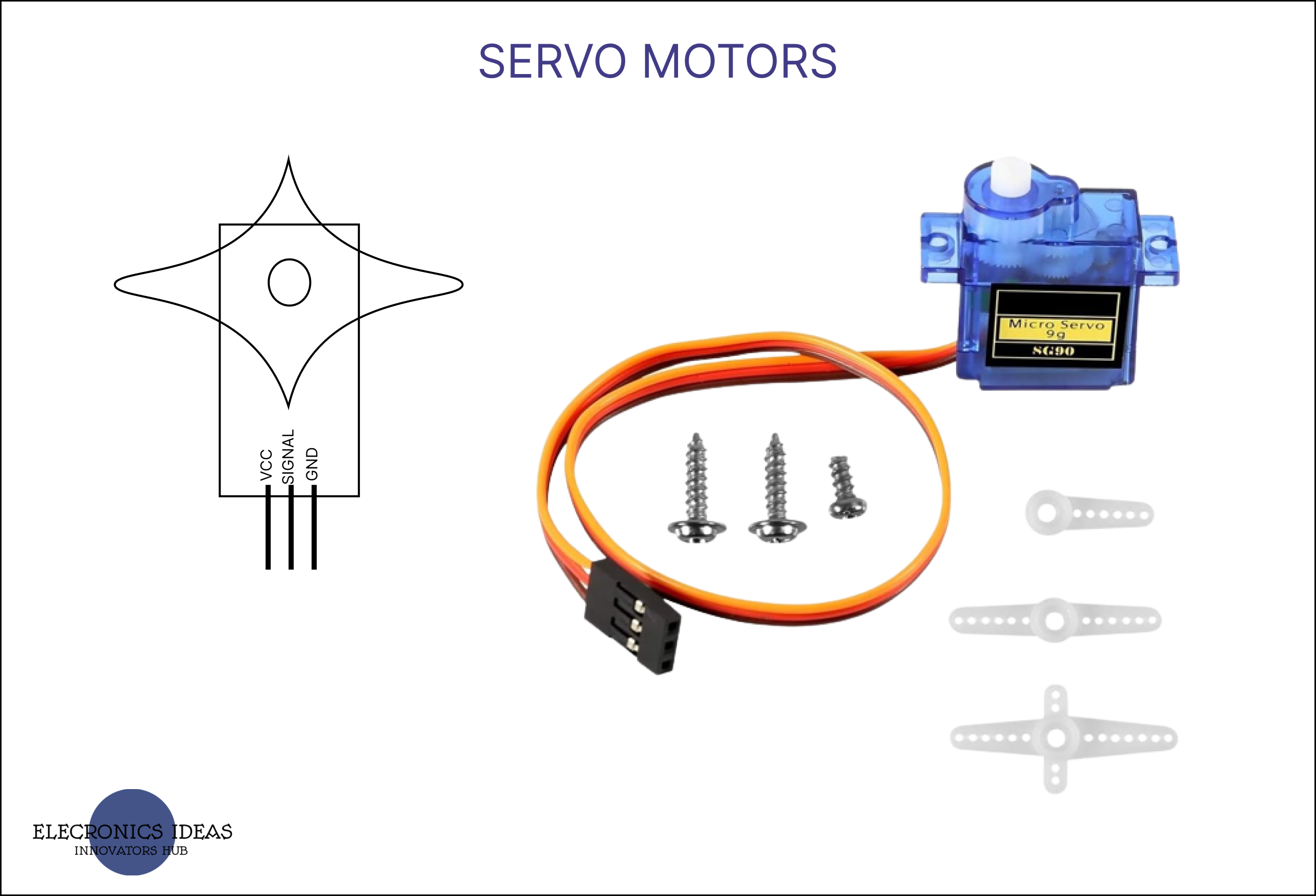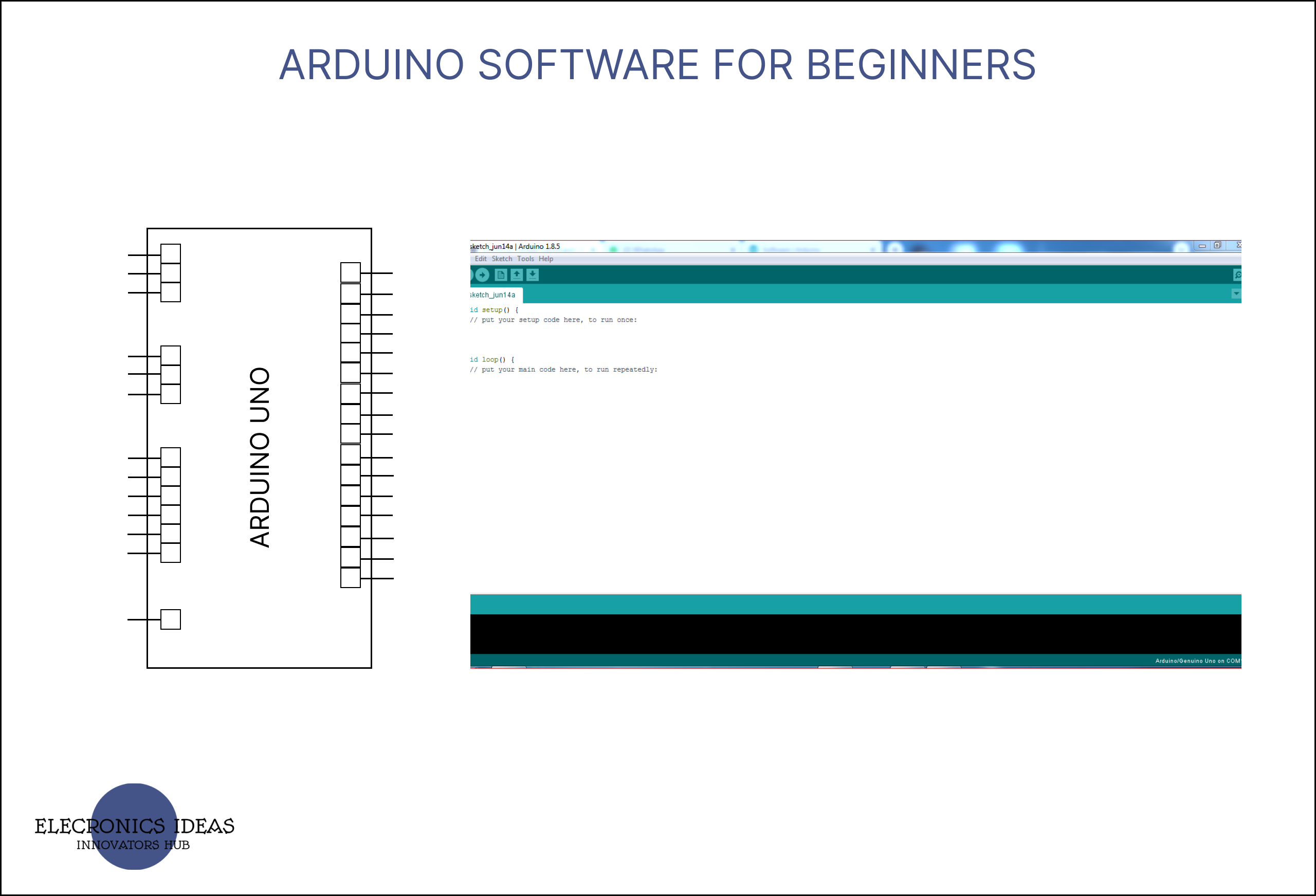A comprehensive breakdown of PIR sensors
Introduction to PIR sensors PIR sensors consist of a pyroelectric sensor, which is a material that generates an electric charge when exposed to heat. The sensor has two slots that are sensitive to infrared radiation. A Fresnel lens or a mirror is used to focus the infrared radiation onto the slots. When the sensor is … Read more



